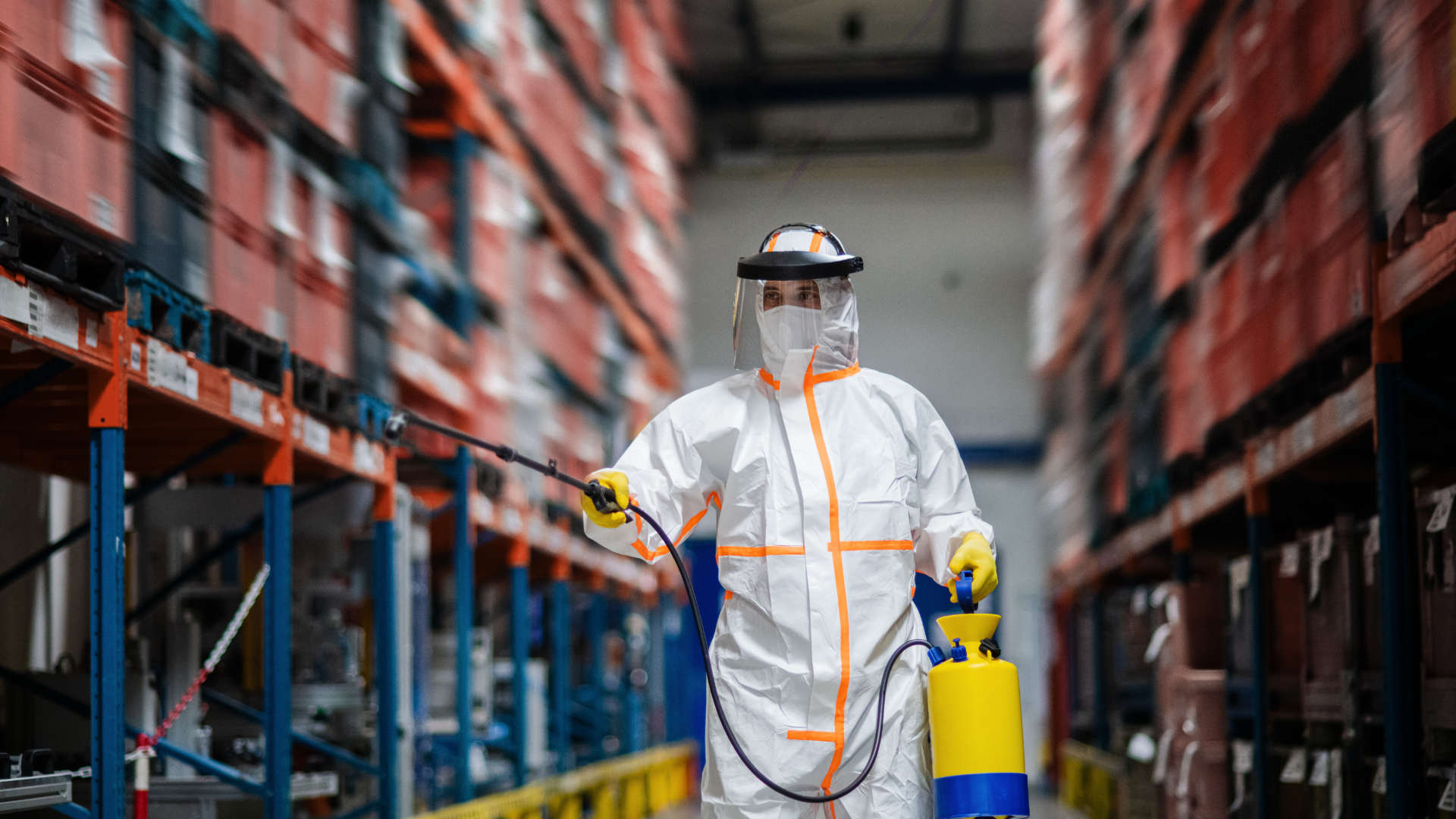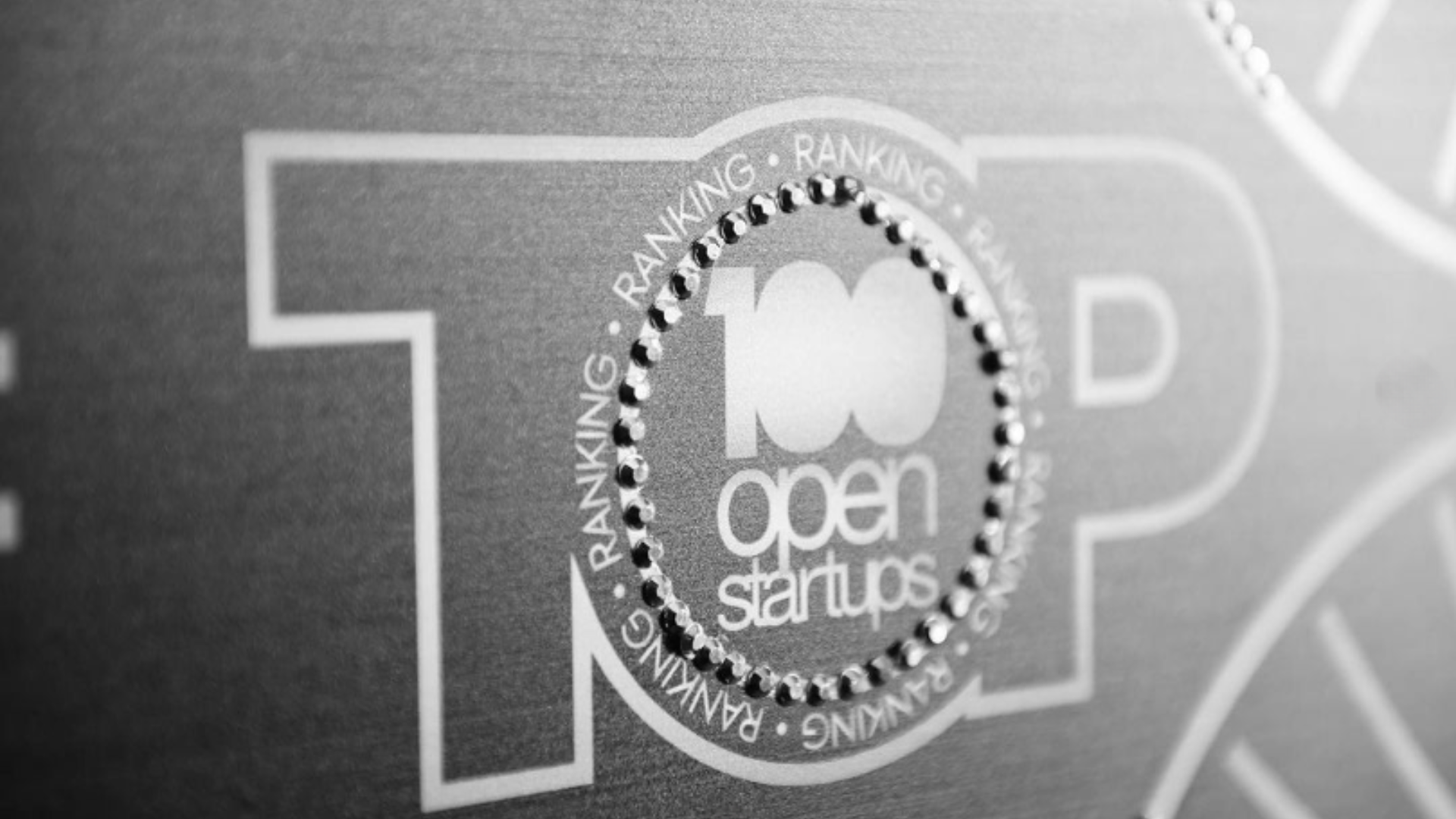Combating the production bottleneck is essential to avoid waste and losses. Understand what to do to minimize it.
A production bottleneck is the most overloaded resource, machine, equipment or work center in an industry or responsible for the slowest step in the production process.
In order to increase the productive capacity of your industry, you need to work to reduce the production bottlenecks that are imposing restrictions on your production and, consequently, on your sales.
Eliminating the bottleneck is practically impossible. This is because, taking into account that each time a stage has its capacity increased, another will automatically become the restricting one.
However, the fight against the bottleneck must continue anyway, because each time your industry fights a bottleneck and it changes its location, its productivity will grow.
In this article you will find from the definition of a production bottleneck to solutions to combat it.
 >> Read also: What is production planning and why is it necessary in your business planning
>> Read also: What is production planning and why is it necessary in your business planning
How the production bottleneck works and what is its impact
When analyzing the production of an industry, it is possible to notice that both in pull and push production, one stage depends on the other to proceed.
It is normal for the stages to take different times to finish their activities, but it is important that this difference is not too great, because when a stage ends up taking longer and takes a lot more time than the other stages, it generates a production bottleneck.
What types of waste and damage can be caused by a production bottleneck?
Production bottlenecks can cause losses both from idle machines and employees and from excess inventory.
When a bottleneck is identified, the sectors following the sector where it is located end up having a reduction in the speed of work, producing less than they could or even stopping completely. This reflects in a higher fixed cost of each product.
The main loss caused by a production bottleneck will consequently be the idleness of the work centers that are affected by the bottleneck.
A bottleneck can occur at any stage of the production process. When at the beginning, the bottleneck affects every step of the process, which affects the speed of the entire process. That is, the entire production will be impacted and the bottleneck will define the pace of production.
In the middle of production, the steps before the bottleneck will produce in-process inventory to supply it and the steps after the bottleneck will produce more slowly, as they will depend on the speed of the bottleneck to receive the materials.
When the bottleneck happens at the end of production, it blocks the flow of production and generates inventories of products in process. This can lead to losses in production and difficulties in managing this material.
The drum, buffer and rope concept can help your industry better deal with bottlenecks. The bottleneck is the drum that dictates the pace of production and pulls the production of the stages before it with the rope. The buffer is the minimum in-process inventory that will ensure that the bottleneck does not stop working due to lack of material. Finally, the steps after the bottleneck must have production pushed in order to drain it as quickly as possible.
How to reduce or end a production bottleneck?
Identifying, reducing and even eliminating a production bottleneck is not an easy task, however, it is not impossible either. That's why we'll show you some steps that can help you in this process.
Map and monitor the production steps to find the production bottleneck
Mapping the production steps is essential to identify possible errors and failures in the process and consequently the production bottleneck.
After mapping the steps, monitor the data and look for large differences in production time and possible failures in the process. After identifying the problems try to understand why.
Implement performance indicators
Measuring production performance is a good way to identify and resolve problems.
Performance indicators constitute the set of measures that a company uses to evaluate its performance over time.
Through them it is possible to monitor the entire production and its results.
Find the root of the problem
The most important step in solving bottlenecks is to identify the root cause of the problem.
Identifying where the problem started is important because, by solving a symptom of the problem without identifying the source, there may be other symptoms that will have to be treated again.
In this way, it is essential to identify the root so that the problem can be treated as a whole.
Train your team to solve problems and avoid production bottlenecks
One of the methods for solving problems and solving production bottlenecks is to keep the team trained and qualified.
A team of people can observe and identify problems more quickly.
Whenever possible train your team and keep them motivated with the service.
>> Read also: Production System: what is it and how to implement it?
Five steps of the theory of constraints to increase bottleneck production
The theory of constraints instigates a continuous improvement cycle focused on the bottleneck, aiming to increase the production of the bottleneck and the company as a whole. Let's see the steps:
Identify constraints and production bottleneck
Find the bottleneck station and stations that have a capacity very close to the capacity of the bottleneck station, called restrictive capacity resources.
It is important to check which is the job or equipment with the highest investment in your industry, as it will probably be the bottleneck, because to increase your production you will need high investments.
Exploit constraints and the production bottleneck to the fullest
Not letting production stop is essential! For this, use the total capacity of the bottleneck post. You can organize a roundabout during employee meal times so that the bottleneck station remains active.
Subordinate other resources to the production bottleneck
For the steps before the bottleneck, establish a pull control, and a push control (article on pwp) for the steps after it.
Increase capacity from constraints and production bottleneck
The total capacity of the processes will be determined by the capacity of the bottleneck. Therefore, to increase the capacity of the production line, it is necessary to work on the station with the lowest capacity.
When the production bottleneck changes, go back to step one
When a bottleneck station has a high capacity, it will prevail over the second station with less capacity, and this will become the bottleneck station. Therefore, when solving the problems of a bottleneck, this process must start again.
types of bottlenecks
There are several types of production bottlenecks, however we will list some of the most common ones:
- Lack of raw material management
- Adapt capacity to demand
- lack of tracking
- Lack of material during productionO
- Lack of scanned documents
- machine stop
- Lack of stock control
- equipment failures
Combat bottlenecks with the help of a production control system
With the help of a production control system, it will be possible to identify bottlenecks more quickly, and this will prove to be an excellent investment!
O Manufatura 360 is a platform that will help you identify where there is more idle time due to stopped machines and will allow you to manage the complete production line digitally, remotely and instantly.
>> Read also: Lean Manufacturing: concepts and principles

















